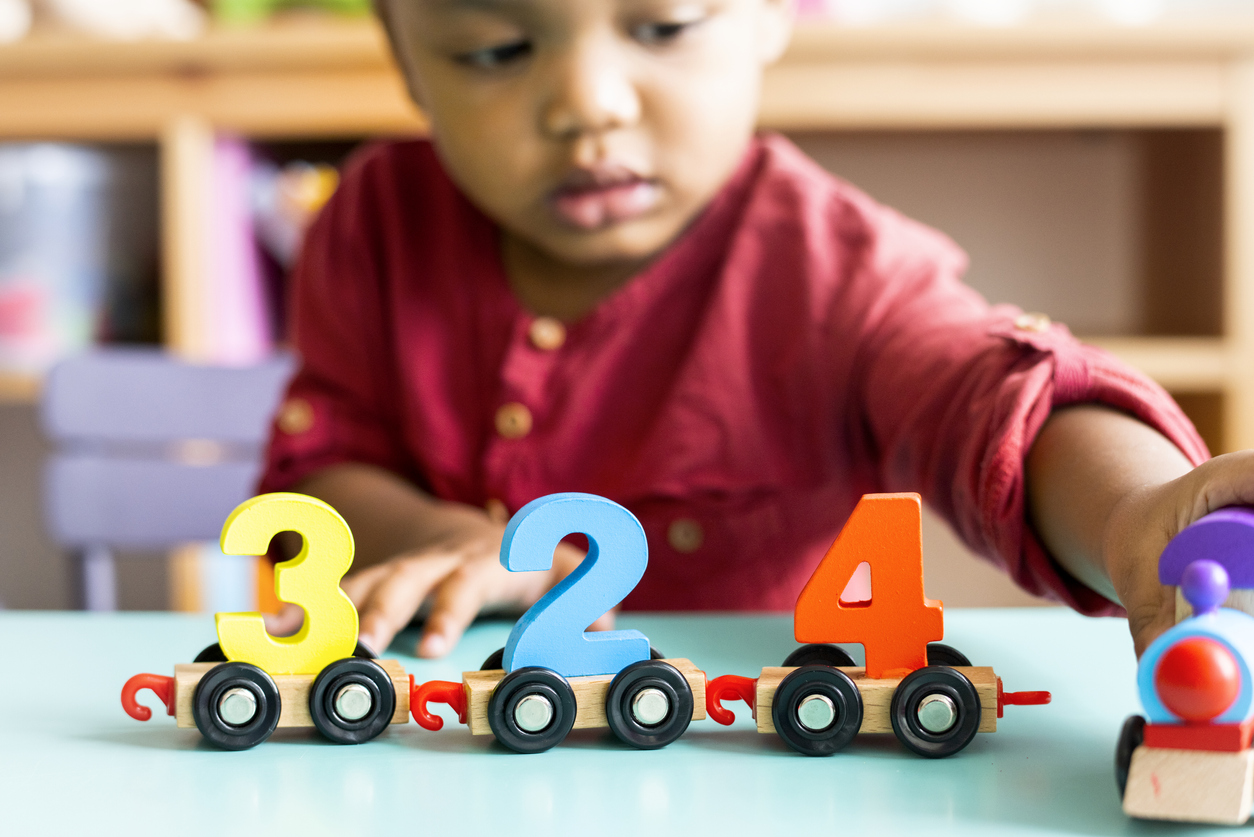2020 has been one of the most unusual years in human history. The landscape of business is changing as rapidly as the restrictions we all experience to stay healthy during the pandemic. But in crisis, positive change is possible. Some positive changes affect the daycare industry as a whole.
Although those changes are hard to see right now, in the coming months and years, the mark 2020 is currently leaving on the childcare industry will show more clearly. 2000 Days Daycare examines some of those changes and the overall improvement of childcare we can expect for the future. These improvements will take time to become the status quo in all facilities. But the importance of making changes is now more evident than ever.
Daily Health Checks
Most daycares maintained a close watch on child health as part of each business day in the past. But screening was not always ideally attentive. As a result, these centers provided a breeding ground for viruses and bacterial infections.
After the pandemic of 2020, more child care center operators understand the importance of thorough health checks within their facilities. This will typically take place through fever and symptom screening upon arrival of each child. Carefully screening will prove challenging for staff and parents alike. But many centers are considering new ways of making this process easier. Some examples are by staggering morning arrivals and providing a separate staging area or entry point before facility access, where these checks can take place.
Personal Protective Equipment
Experts recommend child care workers wear cloth masks and disposable gowns for extensive contact with children. This presents some logistical problems, particularly since infants and slightly older children frequently spit up, cry or drool during staff interaction.
Although it is easier to have staff wear masks, requiring children to do so is another matter altogether. For those under age two, masks actually present suffocation and strangulation concerns.
Obviously, these issues require working out. It is clear that personal protective equipment provides greater safety for all concerned. But the child care industry must work out kinks in the concept before such protections become commonplace in the future. As part of the pandemic, however, daycare workers are realizing the importance of wearing personal protective equipment. That is the first big hurdle, and thus an improvement, cleared in the child care PPE equation.

Hygiene and Respiratory Etiquette Awareness
In the past, child care centers were dens of open coughing, sniffling and sneezing. This is how so many illnesses spread from one child to the next, then home to families. In 2020, everyone has learned the greater importance of hand hygiene and respiratory etiquette. These lessons and habits will transfer more readily now into the child care setting. With greater acceptance of hand washing and respiratory etiquette, there will be a “modest benefit in reduction of respiratory virus transmission,” as stated in the Elsevier Public Health Emergency Collection and published by the Journal of Pediatrics in the United States.
Facility Cleaning, Sanitizing and Disinfecting
Child care centers have long understood the importance of cleaning, sanitizing and disinfecting their facilities, spaces and materials. Although adequate frequency proves challenging, just like with hand washing and respiratory etiquette, 2020 brings improvement and greater focus in this arena.
Children are tactile beings. With high frequency, they touch objects around them and even each other. This makes improving cleanliness, sanitizing and disinfection difficult. Each individual childcare center must improve this in their own way, whether through the employment of more maintenance personnel, upgrading facilities for easier cleaning, or stricter cleaning standards.
Smaller Group Sizes and Better Caregiver-Child Ratios
Smaller group sizes are a very important standard after 2020’s pandemic. This will improve child interaction, staff attention and the overall experience of everyone in child care centers.
The ideal group size recommended by many healthcare leaders is 8 to 10 children per classroom while others focus on a standard of 11 to 20 per classroom. For many child care centers, this is a major change in class size and staff ratio. But the outcome for children is improved caregiver-child ratios.
Stricter Sick Child Policies
Having a sick child is difficult for parents to manage with work requirements. But it is clear after 2020’s COVID-19 pandemic that sick people must stay home for everyone’s safety. Also, as a result of the pandemic, many parents are able to work from home, when this was not a possibility before. This greater workplace flexibility opens the door for child care centers to enact stricter exclusion and return-to-care policies. In essence, sick children and staff must stay home. More parents and employers are now willing and able to stick to these rules.
Today’s Problems Lead to Tomorrow’s Innovations
2020 has been a groundbreaking year for everyone. This includes child care facilities. Because of all the world has experienced in this one year, child care is forever changed. The degree of improvement in individual childcare settings is yet to be fully realized and will evolve over the next five years. But 2020 has left its mark, and the daycare industry will prove better from it.